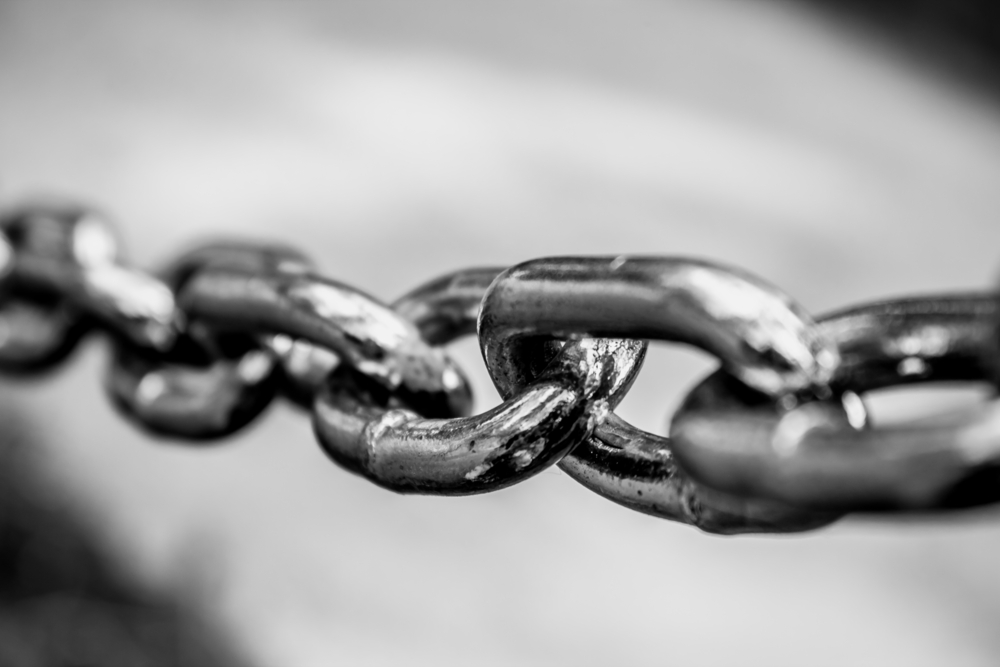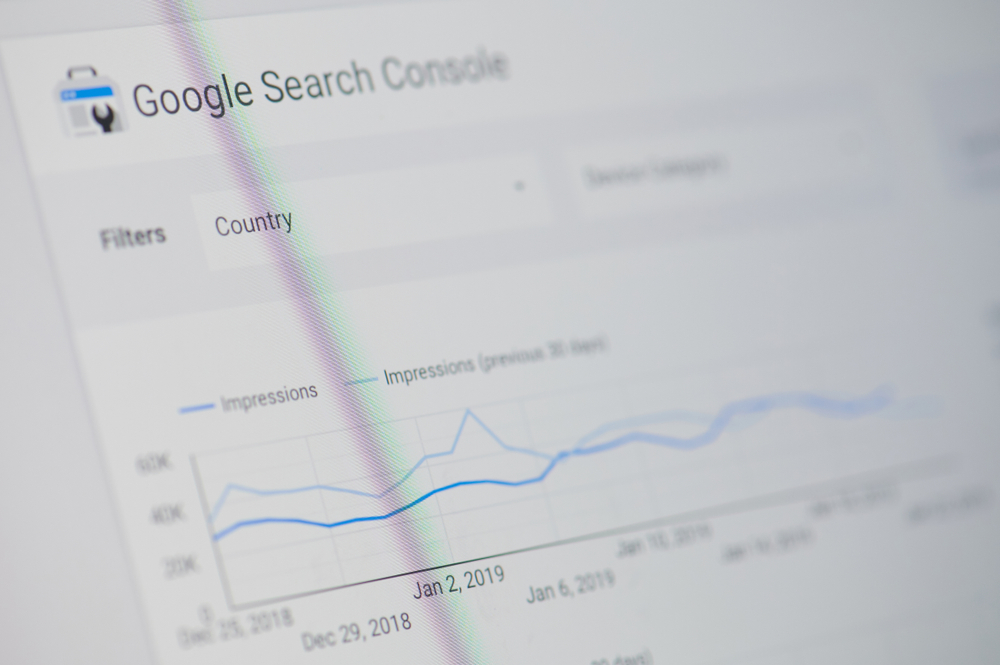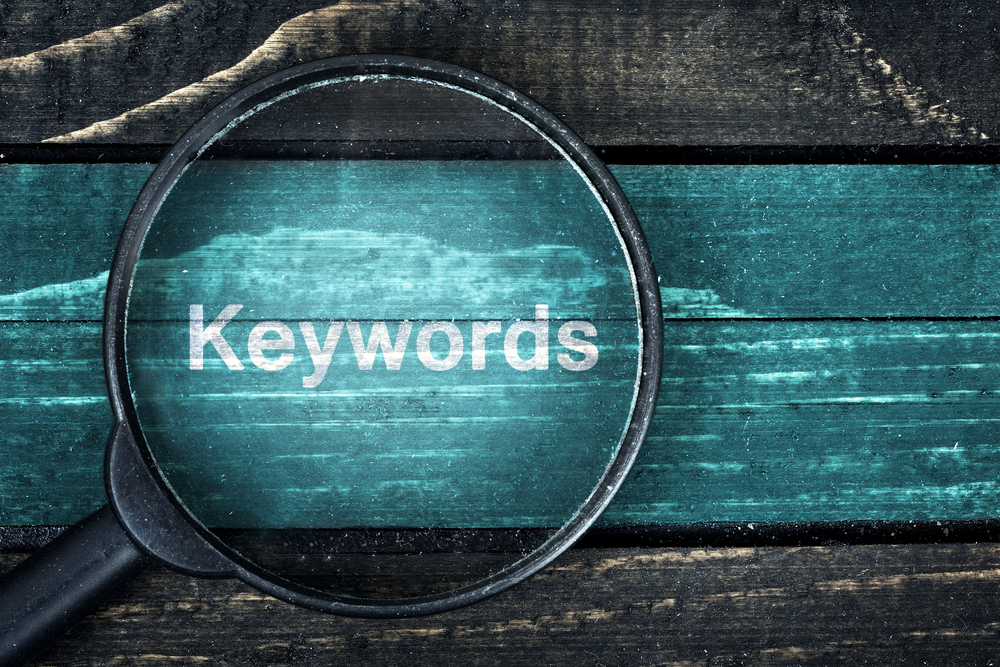Do you ever hear link building terms casually thrown around and wonder what they actually mean?
If so, this guide is for you.
Here’s an alphabetical list of link building terms you should know.
A
Anchor Text
This is the text inside of the anchor element and the keyword(s) that you click on in order to go to a target page.
Algorithm Updates
We are almost always referring to Google when we speak of algorithm updates. For a list of major updates see History of Google Algorithm Updates. Basically, this just means that something has changed in the way Google looks at sites.
Alt Tags/Attributes
Alt is an attribute (described below) that should be used to describe an image. Screen readers use alt attributes to describe an image to a visually-impaired user.
Attributes
To summarize, attributes describe more about a particular HTML element. As mentioned just above, alt is an attribute for an image link. For a full explanation see this guide.
B
Backlinks
This term refers to the links that are pointing to your site from another site. People also call them simply “links”, referring links, inbound links, and incoming links.

Bots
Also called robots/crawlers/spiders, bots retrieve information from websites.
Brand Mentions
If your brand is mentioned within content without a link, whether it’s on a website or in social media, this is a brand mention.
Broken Links
A broken link is one that points to a nonexistent resource.
C
Canonicals
A canonical element tells a search engine which page is the desired one to use as the original source in order to prevent duplicate content.
Citation Flow
This is a trademark Majestic metric that measures the link equity of a website.
Citations
These are mentions of your business’s info like name and phone number. They are not usually linked and can help search engines to better trust a business.
Class C
People call this a C class network or block also and it refers to IP addresses. Click here if you need a more technical definition.
Cleanup
This refers to cleaning up potentially bad/spammy links usually, but it can refer to tidying up any other issues related to a site.
Click-through Rates
CTR is the measure of how many people actually click on a link to your site vs how many times your site appears somewhere.
Co-citation
This is a semantic measurement of the relationship between multiple items.
Competitive Analysis
This refers to looking at one site in relation to its competitors. Link builders sometimes use competitive analysis in order to identify links that other sites have but their site does not, giving them a list of links to pursue.
Content
Content is anything consumable including text, videos, infographics, etc.
Content Marketing
Often viewed as a nicer way of saying that you’re building links, content marketing is the practice of creating content that can naturally attract links after it’s been shared.
Conversion Rates
This is the percentage of users/visitors who complete a specific goal. That goal can be submitting a contact us form, downloading an ebook, buying a product, etc.
Crawlability
This refers to how well search engine spiders can get through and follow links on your website.
D
Deep Links
Deep links refer to links that go to pages other than the homepage.
Deindexed
This refers to a site being kicked out of a search engine’s index for various reasons, usually a violation of guidelines.
Directories
Directories are sites that list other sites in various categories. Some can still be valuable, especially locally, but some are simply spammy lists of sites with no real value.
Disavow
When you disavow a link, you’re telling Google that you don’t want the link credited to your site. You can send disavow lists straight to Google.
Disclaimer
A disclaimer can be used for various purposes but in link building terms it is a notice saying that links on a page have been purchased or that the article is sponsored.
Dofollowed Links
Links are automatically followed unless a nofollow attribute is added (and possibly unless your WordPress plugins override everything to be nofollowed) and there is technically no such thing as a dofollowed link. There is no dofollow tag but people use this term a lot to simply mean a followed link.
Domain Authority
Domain Authority is a metric created by Moz to predict how well a site will rank.
Domain Rating
This is an Ahrefs metric designed to indicate the strength of a site’s link profile.
Duplicate Content
Duplicate content can occur due to many reasons but it’s thought to be a poor signal to Google so it’s undesirable. Canonical tags are used to help a search engine bot to understand where the original page is.

E
Editorial Links
If someone gives you a link without you requesting it in some way, that’s an editorial link.
Evergreen Content
Content that doesn’t become outdated easily is considered to be evergreen content.
F
Followed Links
Links are naturally followed unless they have a rel=“nofollow” attribute on them in the code. The term “followed” is used to tell search engines to “credit” the links towards the sites they point to so they will help the sites rank higher.
Footer Links
These are the links in a site’s footer. They used to be heavily spammed but that is not seen as often these days.
404s
The 404 HTTP response code signals a page that is not found.
G
Google Analytics
A free website analytics program that gives you all sorts of information about your site.
Google Search Console
Another free program from Google, formerly called Webmaster Tools. Search Console also gives you information about your site and can be connected to Analytics. There are various reports that can be run to help you get more information about how your site is performing in the SERPs.

Google Webmaster Guidelines
Found here, Google Webmaster Guidelines are subject to alteration. Your site can be penalized or deindexed for violations of their guidelines.
Guest Posts
These are articles written by someone who does not typically write for the websites they’re placed on. Large scale guest posts with keyword-rich anchors are listed as a violation of Google’s guidelines for links.
H
Hidden Links
Hidden links are links that are coded so that they do not appear as links.
Href
This is an attribute of the anchor tag for links. It contains the URL and the anchor text.
I
Image Links
This is an image that links to another page, either internally or externally. Not all images contain a link.
Inbound Links
Links pointing to your site from another site are called inbound links.
Indexation
This refers to how a search engine has crawled and cataloged a site.
Infographics
Containing both images and text in one single format, infographics are a common form of content.
Internal Links
These are links to other pages on your site. Your internal links are critical for navigation and crawlability.
IP Addresses
An IP address is a series of numbers identifying a computer.
J
Juice
Many people highly dislike this term, but the phrase “link juice” is still used to indicate the value of a link.
K
Keywords
These are the words and phrases that indicate the topic of a page, the content of an image, or the relevant terms for a link in the form of its anchor text.

L
Landing Pages
These are the pages that a user hits when they first visit your site from any avenue.
Link Exchange
Once a common form of link building, a link exchange is when site A links to site B in return for B linking back to A.
Linking Domains
This is the number of unique domains linking to a site. It is different from the gross number of links.
Link Reclamation
Link reclamation is a process of adding links to your site from broken links or unlinked mentions
Link Schemes
Google gives you a list of violations to its guidelines, including an array of practices that they consider to be link schemes.
Links Pages
These are pages listing multiple links, intended as a resource guide.
M
Manual Penalty
Google will notify you of a manual penalty through Search Console. A manual penalty (officially called a manual action by Google) is different from an algorithmic issue. (For more about the difference read The Complete List of Google Penalties & How to Recover.) With a manual penalty you have the chance to fix the issues and send in a reconsideration request to Google.
Mobile-First Indexing
This is the new way Google indexes a site. They crawl and index the mobile version first. If you only have a desktop version, that’s what will be indexed.
N
Nofollowed Links
Adding a rel=nofollow tag to a link tells a search engine not to count it towards the site it points to.
Noise Anchors
These are keywords such as “click here” “website” etc.
O
Off Page
Link building is an off page SEO practice as it does not require working directly with the website.
On Page
On page SEO is comprised on anything done on the site in order to improve its position in the SERPs.
Open Rates
This is the percentage of people who receive an email and open it.

Outreach
Outreach is the practice of contacting sites that you’d like to link to your site, whether by email, the phone, or social media.
P
Page Authority
Page Authority is a metric created by Moz to predict how well a page will rank.
Page Not Found
Also called a 404 error, this is a page that no longer exists where it once did.
PageRank
PageRank is Google’s way of measuring the importance of a website. This is no longer a publicly available metric. Toolbar PageRank was once available for anyone to see.
Paid Links
A violation of Google’s guidelines, a paid link is one that has gone live in exchange for money.
Position Tracking
The practice of tracking where you rank for various keywords across a period of time.
PBNs
Private blog networks (PBNs) are networks of sites.
Q
Query
A query is a request made to a search engine in order to get information.

R
Rankings
This refers to where you appear in the SERPs for each query.
Reciprocal Links
Otherwise referred to as a link exchange, reciprocal links are links where A links to B and B links back to A.
Reconsideration Request
If you have been hit by a manual action or affected by security issues, once you fix the problem you submit a reconsideration request to Google.
Redirects
Redirects send a site or page elsewhere.
Referring Domains
In your link profile you may have 15000 links but only 5000 referring domains due to having multiple links coming from the same site.
Rel
Rel is an attribute that is only present in the code for a link.
Resource Pages
Pages that mostly list resources and links.
Robots.txt
This is a text file used to give instructions to search engines. It’s commonly used to block crawlers from specific areas of the site.
S
Search Operators
Search operators are words and symbols used to help narrow down a search.
Second-tier Links
Links that point to sites that link to your site.
SERPs
The SERPs are search engine results pages, which is the list of sites returned in a query.
Sitemaps
A sitemap tells a search engine how to get to all of your pages that you want crawled.
Sitewide Links
These are links on every page of a site, such as in the footer or blogroll.
Source Code
The actual code of a page that can be viewed in a browser. Not all code is viewable in this way.
Spam
Jokingly referred to as “sites positioned above mine”, spam can refer to anything that is undesirable or unsolicited online.

Spiders
Search engine crawlers.
Sponsored Posts
If money is exchanged in order to publish a post, it’s a sponsored post. Most sponsored posts contain disclaimers but not all do.
T
Targets
A target is the page you want a link to lead someone to.
Templates
Many link outreach specialists use templates (that can be modified) for outreach. A template is simply an outline for something that is often used.
Toxic Links
These are links that are thought to potentially harm your site.
Traffic
The amount of visitors to a page or site.

Trust Flow
This is a trademark Majestic metric that measures the categorization of a website.
U
Unlinked Mentions
This is when your brand is mentioned in content with no link to your site.
Unnatural Links
Links that are paid, spammy, or part of a link scheme.
URLs
A URL is a web address.
URL Rating
Another Ahrefs metric, the URL rating measures the strength of a target’s backlink profile.
V
Velocity
The speed of link growth.
W
Wayback Machine
Using the Wayback Machine you can view a site’s archived pages from various dates.
Widget
Widgets are bits of code embedded on a page, usually designed to provide links back to page.
X
XML sitemap
This is used to tell search engines about all of your pages and where they can be found. XML is a markup language.
Y
Yandex
Yandex is a Russian search engine.
Z
I’ve seen everything from Zen to Zzzzz here – but as far as I know, there are no link building terms that begin with the letter Z.
More Resources: